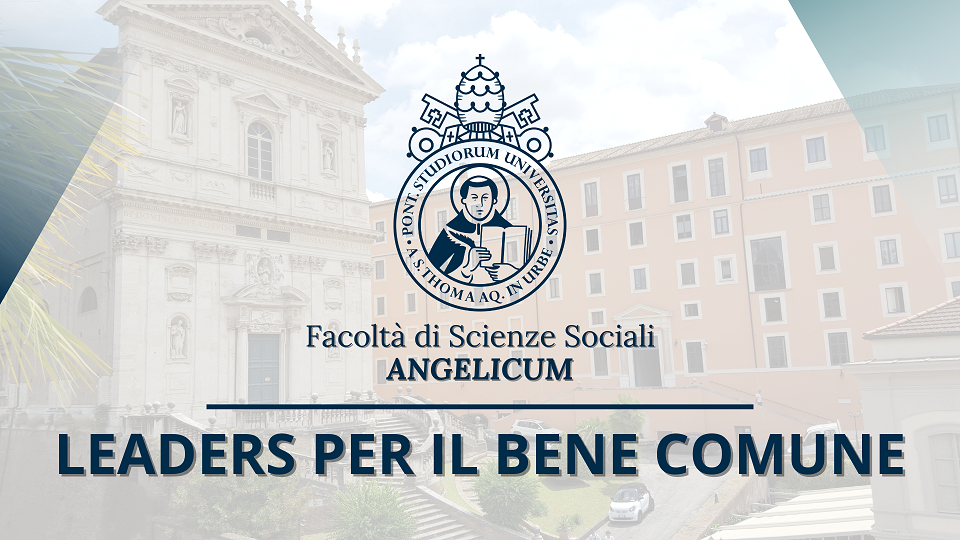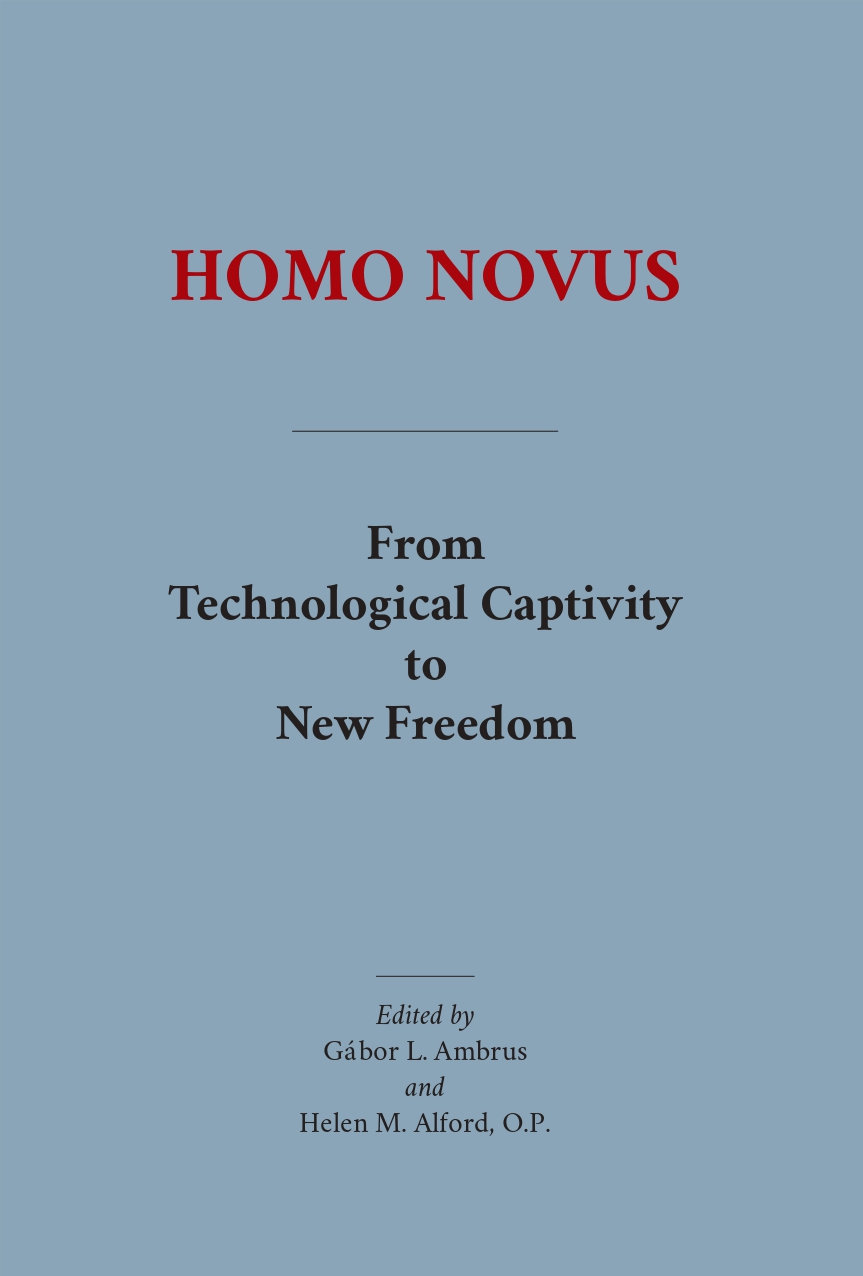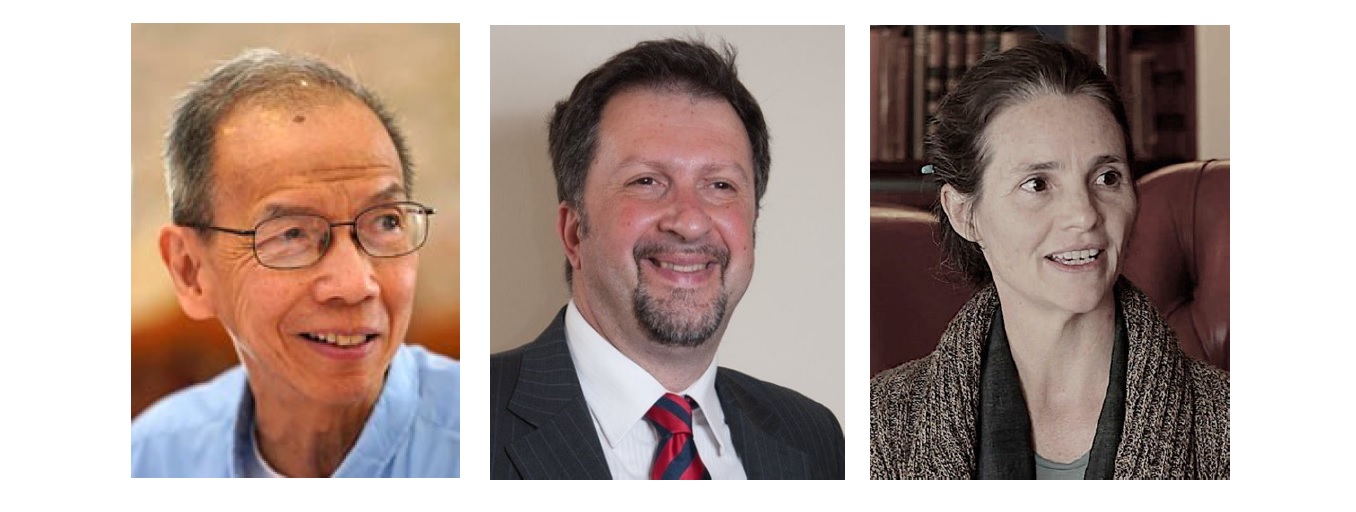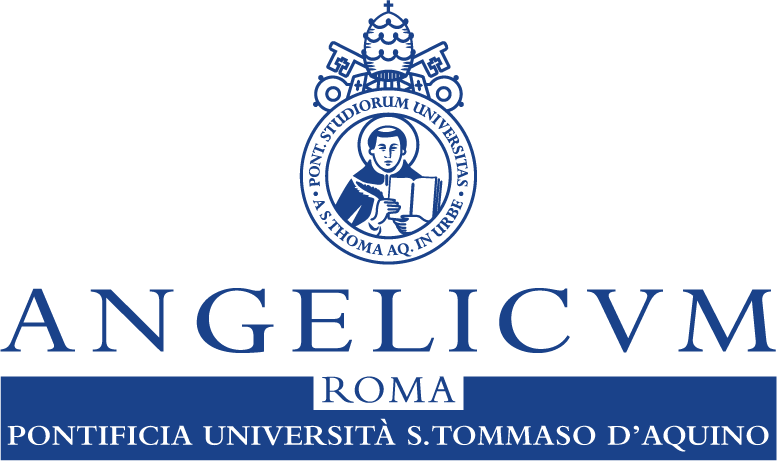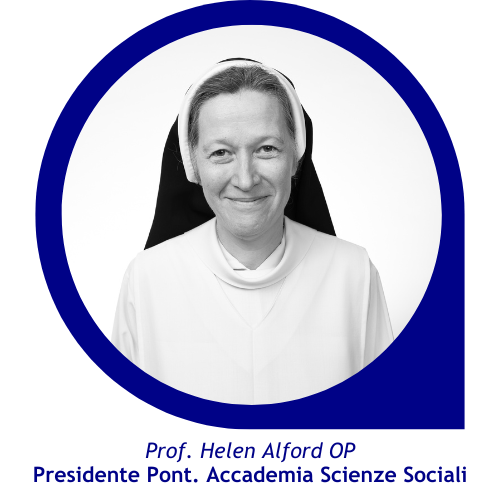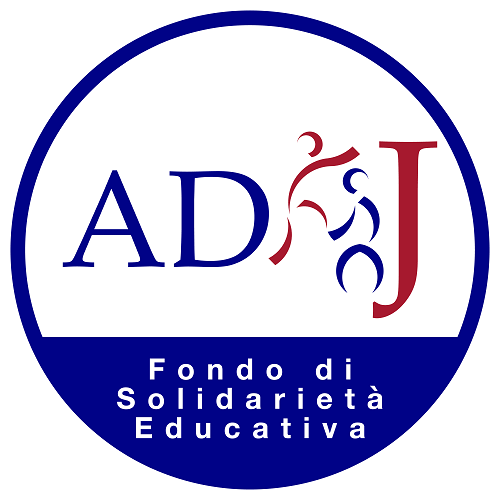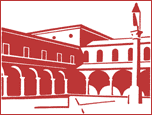 The distinctness of Armenian nation has found expression in a great number of aspects: the language (a one-language language group within the Indo-European language family, with two standardized forms: Eastern and Western); the alphabet (own alphabet of 39 letters, that centuries ago was also used as a numerical system by Armenians); the Church (Armenian Apostolic). Another distinctive feature is the Armenian Diaspora. Armenians, along with Jews, represent a rare example of a nation, the majority of whose representatives live outside the homeland.
The distinctness of Armenian nation has found expression in a great number of aspects: the language (a one-language language group within the Indo-European language family, with two standardized forms: Eastern and Western); the alphabet (own alphabet of 39 letters, that centuries ago was also used as a numerical system by Armenians); the Church (Armenian Apostolic). Another distinctive feature is the Armenian Diaspora. Armenians, along with Jews, represent a rare example of a nation, the majority of whose representatives live outside the homeland.
The total number of Armenians residing in Armenia, according to UN data, is around 3 million1, whereas the number of those outside is estimated to be, according to different sources, 6-7 million. Jews abiding in Israel total 5.9 million, whereas the Jewish Diaspora comprises more than 7 million people2 . The biggest Diasporas in the world are Chinese and Indian, but they do not by any means exceed the populations in their respective countries as in the two cases mentioned above3.
Today the largest Armenian communities are in Russia (2.25 million), USA (1.5 million), France (about 450,000). Other significant communities are in Georgia, Argentina, Lebanon, Iran, Poland, Ukraine, Germany, Australia, Brazil and Canada4. Another very important community used to exist in Syria, but after recent events most Armenians have fled the country, many of them asking for residency in Armenia5.
Armenian communities outside Armenia have existed for centuries, stretching from Singapore to Venice and from Esfahan to Amsterdam. These communities were actively engaged in trade and largely contributed, on the one hand, to the economy, and on the other hand to identity maintenance, political mobilization, and knowledge transfer6. Many important communities existed in Italy, Poland, India, Egypt, etc. Past invasions and foreign occupation of Armenia, the shaky political situation, the division of Armenia between Turkey and Persia (later between Turkey and Russia), all contributed to many Armenians leaving their homeland and creating small communities abroad. During the Middle Ages and up to the 18th century these communities played an active role in international trade. So much so, that British colonizers considered them competitors and sought ways to oust them from the market. Because of such a policy, the Armenian network in Asia and especially in Africa was severely damaged7. The geographical position, connecting Europe with Asia, the North with the South, and through which passed important trading routes, while being crucial for the development of trade, proved to be fatal for political instability, constant conquests by foreigners and endless struggle for freedom8.
Despite having such active colonies abroad for a long time, the formation of the Diaspora, the 'diasporization' of the nation, however, has resulted from the mass extermination of Armenians by the Turks (1915-1916). In this context, the Armenian Diaspora is often regarded as a 'victim Diaspora', that shares common features with Jewish and African ones. However, regarding the Jewish case, there are many significant differences. The Jewish Diaspora had already been in existence for 2000 years when the Holocaust occurred, while a significant Armenian Diaspora emerged for the first time after the Armenian massacres of the late 19th century and especially during World War I. Armenians were an indigenous population where they lived, whereas Jews were a minority in Germany. Nazis regarded Jews as racially inferior, whereas Armenians were accused of elitism by the Young Turks9, as they were relatively wealthy and hard-working. Nazi Germany was in an advanced stage of modernization, whereas the Ottoman Empire was more regressed10. Having lost much of the Ottoman Empire, the Turks were also afraid of losing the Armenian parts. They therefore began mass deportation and killings of Armenians. It is estimated that from 1915 to 1922 around 1.5 million Armenians were killed or died of starvation. The Turks, however, to this day refuse to call the tragic events ‘genocide’. Ironically enough, so does the Israeli State, whose people suffered a similar calamity only a few decades later11.
The survivors fled to the nearest locations: Aleppo, then onwards to other cities in Syria, to Lebanon, Iraq, Iran, Palestine and Egypt. Certain Armenian settlements had already been established; they enlarged these settlements, as well as creating new ones12.
However, not everything turned out to be that easy. As Armenians put it, ‘Ours is a story of moving, rebuilding, moving again’. In fact, some will make a number of attempts to find a permanent home. A lot of Armenians residing in Europe and in North America today have migrated from Syria, Lebanon, Egypt, Iraq and Iran, where the unstable political situation, nationalism and violence forced them to seek a new haven13.
What was left after the Genocide and the formation of Soviet Armenia in 1922 was one tenth of one time Greater Armenia, a small, rocky and devastated territory full of orphans and refugees. Moreover, Communist Russia's pressure compelled new waves of Armenians to leave the country for North America and Europe14.
The interwar period (1920-1945) was marked by a 'parallel' rebuilding. While devastated Soviet Armenia was reshaping its socio-economic structure according to Soviet principles, the Armenians scattered over the world were adapting to their host countries. The Genocide survivors were in great psychological and economic disarray. They faced major hardships regarding the language in the foreign countries where they arrived, finding jobs, and integrating to a new world and a new mentality. It took them decades to straighten their backs and to be able to stand firmly on their feet. Eventually, they organized themselves and established schools, cultural centers, churches and economic enterprises. The Armenian language has not only been maintained, but has also been consolidated through education and mass media15.
Initially, most Genocide survivors were farmers; in the Middle East they were prominent in photography and in other modern, technical professions. In the United States they were known as rug merchants since they dominated the oriental carpet business. The second generation was mainly involved in managerial occupations, while third generation Armenians and immigrants after World War II are educated professionals and businesspeople16.
A lot of Diaspora Armenians achieved great success in the host countries and contributed to their arts, social and economic life. Today they can be found in all arts and professions. Some of the most prominent representatives of the Diaspora are: in France, Charles Aznavour, Henri Verneuil, Eduard Balladur (former Prime Minister), Parick Fiori; in Russia, Arno Babajanian, Ivan Isakov, Gary Kasparov; in the USA, William Saroyan, Arshil Gorky, George Deukmejian (the Governor of California from 1983 to 1991). In France they are mainly found in the field of arts and sports, in the USA in enterprise and the sciences; in Turkey in linguistics and architecture (in 2010 an exhibition titled “Armenian Architects of Istanbul in the Era of Westernization,” featuring photos of 100 buildings constructed by 40 Armenian architects who lived in Istanbul at the end of the 19th century and the beginning of the 20th century, was opened in Istanbul)17. Many Diaspora Armenians have changed their last names, partly because they tend to be long and are easy to misspell and mispronounce and difficult to remember, partly because it is easier to get promoted with a shorter last name that sounds more native, especially in countries such as Turkey and Russia. Having found themselves in an unfavorable position, in these foreign countries, they had to put in more effort to gain recognition and lead a worthy life.
The Armenian people did not only survive the nightmare and tackle difficulties; they organized themselves to become one of the most vivacious and salient diasporas in the world. They adapted to circumstances without 'giving in to assimilation' and establishing various benevolent, cultural and political organizations18. In her article ‘What it Means to be Armenian’, Dafina Boshnakova writes, ‘Their solidarity is so popular that Bulgarians started joking that all you need is put three Armenians together and they will immediately build a church, found a school and start publishing a newspaper’19. The Armenian Diaspora has played a very important role in the crusade to recognize the Armenian genocide, for it is because of this tragic event that they lost their homeland and were destined to scatter all over the world.
During the Soviet rule, the contact of Diaspora with Armenia was limited. However, in the years 1945-1947 about 100,000 Armenians, many of them Genocide survivors, repatriated to Soviet Armenia20.
The role of the Diaspora was eminent in carrying out various humanitarian and reconstruction activities in Armenia. After the disastrous earthquake of 1988, which left almost no stone unturned in the North of Soviet Armenia, the Diaspora was among the first to respond with humanitarian and monetary help21.
In an interview conducted during the Karot (Nostalgia) Cultural Festival in 2010, the famous French actor, Gerard Depardieu, pointed out in surprise that he knows fourth generation Armenians in France who still speak the language. He perceives this as “carrying on living with the shadows of ancestors”22 A Syrian Armenian once interpreted the phenomenon of the preservation of the language and national identity by the notion that ‘people out there in the Diaspora adore Armenia’. Love and nostalgia are handed down from older generations to the younger ones. The nostalgia is not so much about the Republic, the territory that remains from the vast historical Armenia, but the lands they heard so much about from their early childhood, the cities their ancestors fled from: Van, Mush, Erzurum, Sason, Ardahan. Pilgrimages, however, are organized both to today’s Eastern Turkey, and to the Republic of Armenia.
Today there exist volunteer and internship programs for Diaspora Armenians aiming to strengthen ties with the homeland. Festivals and cultural programs are organized to bring together the Armenians of Armenia and those in Diaspora. The Ministry of Diaspora has created and promoted the program Արի տուն (Come Home), aiming at preserving the connection with young Armenians living abroad. It is evident that most Armenians already feel at home in the host countries; it is therefore even more amazing that many fourth generation Armenians feel that they are closely linked with the national identity and the country of Armenia, which many of them have never even seen.
Bibliography
Anderson A., Armenian Diaspora: Short History and Links
http://www.conflicts.rem33.com/images/Armenia/arm_diaspora.htm
Armenian Diaspora, Armenian Population in the World, http://www.armeniadiaspora.com/
http://www.bbc.co.uk/news/world-europe-21844351
Boshnakova D., Reading Room: What it Takes to be Armenian; the Sofia Echo, October 30, 2006 http://sofiaecho.com/
Bravo AM, http://www.bravo.am/ժերար-դեպարդյե/
Cohen R., Global Diasporas, 2008, Routledge, New York
The Economist, Mapping Migration, http://www.economist.com/
Energy of a Nation, Immigration Resources; Waves of Armenian Immigration
http://www.energyofanation.org/ccc66309-019b-49ea-b404-8c653781b674.html?nodeid=
Fisk R., Nearly a century after the Armenian genocide, these people are still being slaughtered in Syria,
Independent, December 1, 2013
Friedman J. B., Mossler Figg K., Trade, Travel, and Exploration in the Middle Ages: An Encyclopedia; 2000, Routledge http://www.independent.co.uk/
Herzig E., Kurkchiyan M., The Armenians: Past and Present in the Making of National Identity
(Caucasus World: Peoples of the Caucasus) 2005, Routledge
Hurriyet Daily News, Istanbul’s Armenian Architects Remembered in an Exhibition, 12/9/2010 http://www.hurriyetdailynews.com/
Policy Forum Armenia, Armenia-Diaspora Relatios: Twenty Years Since Independence, August 2010 Waves of Armenian Immigration, Energy of a Nation, Immigration Resources
UN data, http://data.un.org/
Vital Statistics: Jewish Population of the World, Jewish Virtual Library,
http://www.jewishvirtuallibrary.org/
NOTES:
1 UN data, http://data.un.org/
2 Vital Statistics: Jewish Population of the World, Jewish Virtual Library, http://www.jewishvirtuallibrary.org/
3 The Economist, Mapping Migration, http://www.economist.com/
4 Armenian Diaspora, Armenian Population in the World, http://www.armeniadiaspora.com/
6 Friedman J. B., Mossler Figg K., Trade, Travel, and Exploration in the Middle Ages: An Encyclopedia; 2000,
Routledge, New York
7 Anderson A., Armenian Diaspora: Short History and Links http://www.conflicts.rem33.com/
8 Friedman J. B., Mossler Figg K.,
9 Cohen R., Global Diasporas, 2008, Routledge, New York
10 Cohen R.
11 Fisk R., Nearly a century after the Armenian genocide, these people are still being slaughtered in Syria,
Independent, December 1, 2013, http://www.independent.co.uk/
12 Herzig E., Kurkchiyan M., The Armenians: Past and Present in the Making of National Identity (Caucasus World: Peoples of the Caucasus) 2005, Routledge
13 Herzig E., Kurkchiyan M.,
14 Herzig E., Kurkchiyan M.,
15 Policy Forum Armenia, Armenia-Diaspora Relatios: Twenty Years Since Independence, August 2010
16 Energy of a Nation, Immigration Resources; Waves of Armenian Immigration http://www.energyofanation.org/
17 Hurriyet Daily News, Istanbul’s Armenian Architects Remembered in an Exhibition, 12/9/2010 http://www.hurriyetdailynews.com/
18 Policy Forum Armenia
19 Boshnakova D., Reading Room: What it Takes to be Armenian; the Sofia Echo, October 30, 2006 http://sofiaecho.com/
20 Policy Forum, Armenia
21 Policy Forum Armenia
 IT
IT  EN
EN 
